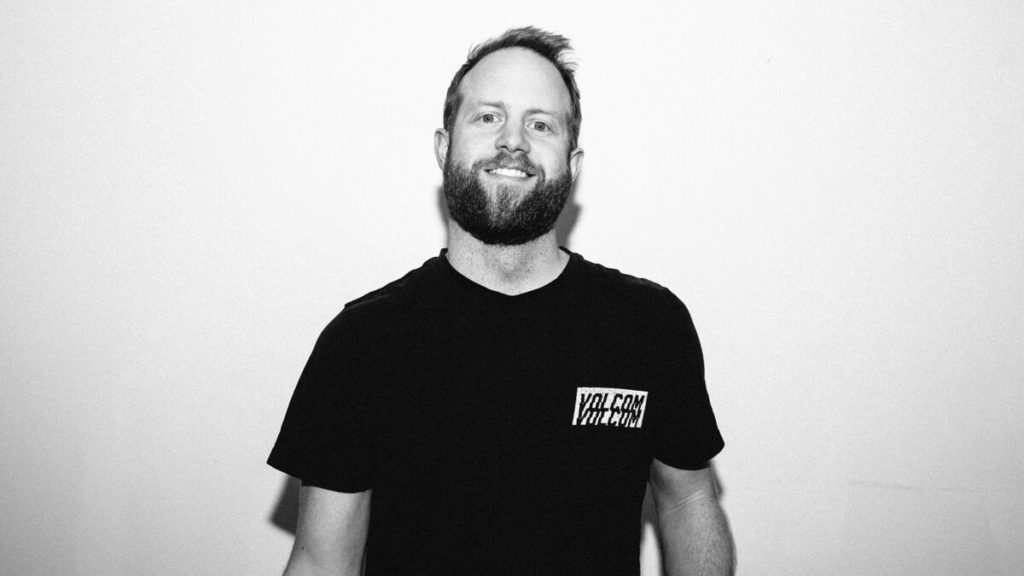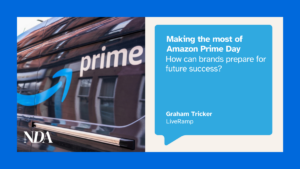By Gareth Leeding, Executive Creative Director, We Are Social
Unlike many other social media (and certainly traditional media) platforms, Snapchat isn’t just about entertainment. It doesn’t just churn out branded content or look to fuel outrage to generate more views. And it doesn’t just focus on numbers – it leads with experience.
Instead it’s developing into a place where brands can create experiences that play an active role in adding value to people’s lives. Shifting from allowing brands to create advertising that is about a singular experience for the user, to advertising that is about shared experiences. And in the best cases, utility.
While tools like lenses have often been designed for fun, more recently we’ve also seen how they can be used for a real purpose. For example, back at the beginning of April, not long after lockdown, we launched the SnapSafe lens, which used Snap’s proximity augmented reality technology to show exactly how far away people need to stand from other members of the public when out and about. Likewise, last year we created a virtual pop up store, hosted within a Snapchat AR lens, to sell exclusive Lego clothing.
That doesn’t mean that lenses can’t be a bit of pointless fun, of course – there’s still plenty of room for crazy face enhancements. But brands should be thinking about how they can do more than just entertain, given that Snapchat has the tools to make this possible.
Snap Mini, a new social experience launched by Snap at their partner summit a few months ago, holds a lot of opportunities for brands. Minis are a collection of lightweight apps from third party developers. They’re easy to develop and anyone can pitch an idea for one, democratising the process. With the help of Minis, users can easily coordinate with their friends on Snapchat from the Chat section, without having to deal with switching apps.
They’re already being used with utility and direct actions in mind. In the US, Minis holds voter information and registration tools, and more than 400,000 people have already registered to vote on Snapchat.
Atom Tickets recently released a movie ticketing app for Minis, which allows people watch trailers, buy tickets and share moviegoing plans with friends, without leaving Snapchat. This is a particularly interesting one – think about the current experience of booking tickets. It’s a pain in the ass. Chat to your friends, pick film, time, seats. You can’t do that, together unless you’re in the same room. But now you can do it all in one chat.
While the brand examples are not currently vast, we’ve seen before that Snap’s focus is on creating the right benefit for people to come together and experience interesting things with a brand on the platform. As user behaviour and comfort with the experience grows, the brand opportunity becomes much greater. And it’s not just Minis – Snap kits allow anyone to go and create within the platform. Bitmoji kit, camera kit, creative kit, lens kit are all up for grabs.
That’s not to say that Snapchat doesn’t have challenges for brands. They need to find a unique proposition to legitimately add value to people’s lives. Without that, like anything, marketers shouldn’t be playing around in the platform just to test things.
We’re fortunate in the world of social media to have a platform for just about everything, and even more so in recent months, these platforms have had clear divergence. In the same way that we used to advise clients that sticking your TV commercial on social media wasn’t the best approach, the same is now true for each social platform.
Tight targeting and pushing messages at scale? Facebook. Social entertainment, you probably need to look at TikTok. For live, Twitch is a place where you can have intimate streaming experiences at mass scale. And for me, Snapchat has now become the go-to platform for both utility and intimate shared experiences. Something which, in today’s strangely disconnected world, we need more of than ever.









